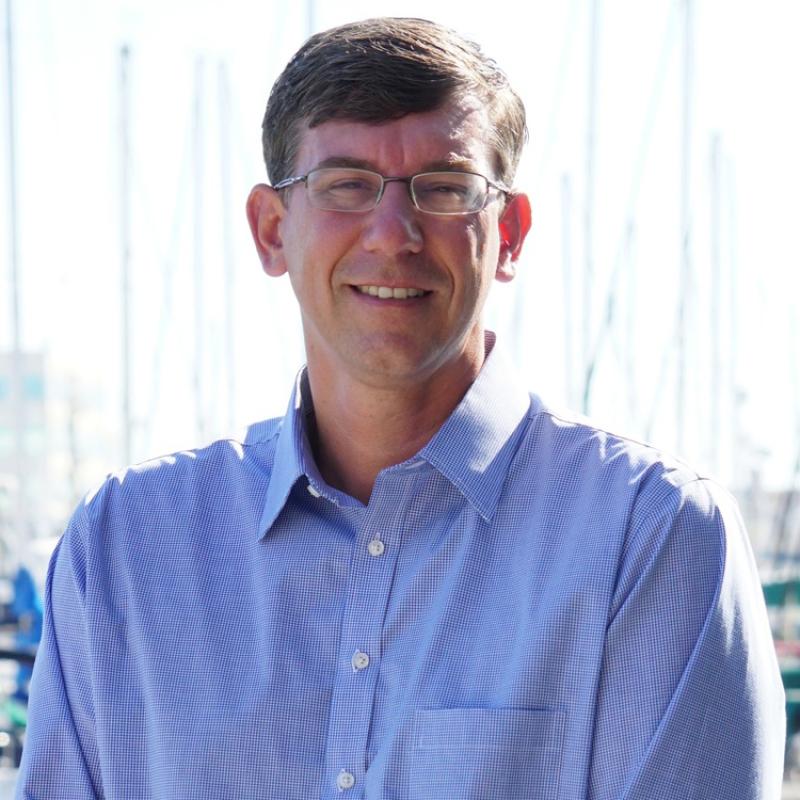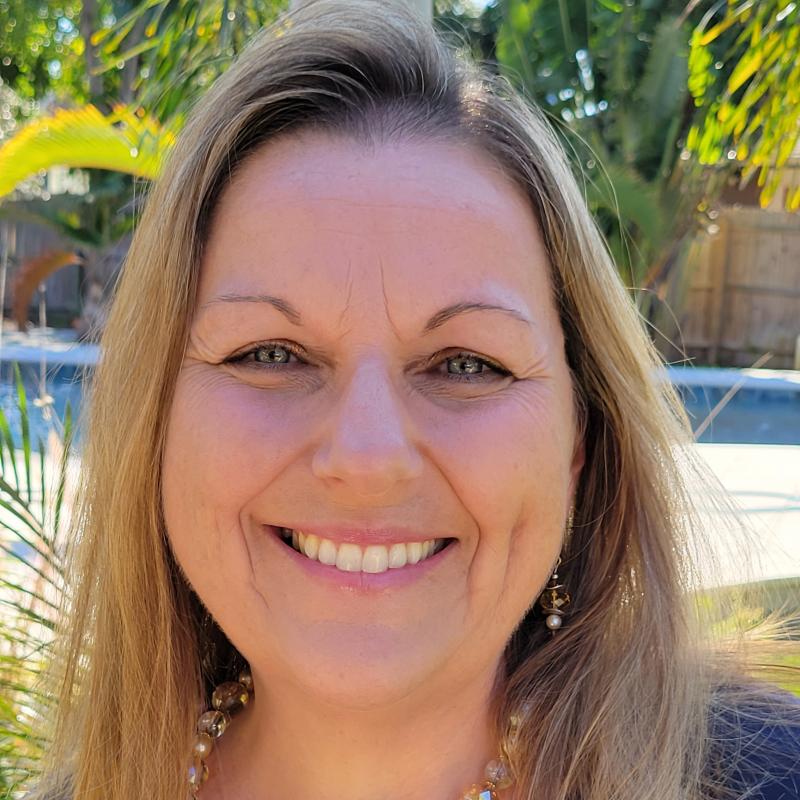Our Location

NOAA Fisheries Southeast Regional Office is located in St. Petersburg, Florida. The Southeast Region covers nearly 20,000 miles of tidal coastline throughout the South Atlantic, Gulf of America (formerly Gulf of Mexico), and Caribbean. This includes the eight coastal states of North Carolina, South Carolina, Georgia, Florida, Alabama, Mississippi, Louisiana, and Texas; the inland watershed states of Arkansas, Iowa, Kansas, Kentucky, Missouri, Nebraska, New Mexico, Oklahoma, and Tennessee; and the Commonwealth of Puerto Rico and the U.S. Virgin Islands.
Here is a list of the most frequently called numbers within NOAA Fisheries Southeast NOAA Southeast Contact List.
What We Do
NOAA Fisheries Southeast relies on scientists and fishery managers working together to ensure sustainable fishing opportunities, protection for endangered species and marine mammals and the conservation of the habitat needed to support marine life. Our region includes the South Atlantic, Gulf of America, and the Caribbean.
Sustainable Fisheries
We work to maintain healthy fish stocks important to commercial, recreational, and subsistence fisheries with the goal to increase long-term economic and social benefits to our region.
We work with three regional fishery management councils (Caribbean, Gulf, and South Atlantic) to conserve and manage marine fishery resources in federal waters from North Carolina through Texas, including Puerto Rico and the U.S. Virgin Islands.
With our partners, we manage more than 160 species and 17 fishery management plans.
We also manage the largest recreational fisheries in the country. There are more than 5.7 million recreational anglers in the Southeast. And, about 26 percent of the Southeast harvest is caught by recreational anglers.
Protected Resources
(Marine Mammals, Turtles, Corals and More)
We are responsible for the conservation, protection, and recovery of marine mammals and endangered and threatened species including: The endangered North Atlantic right whale with the only known calving area in Northeast Florida and Georgia.
The endangered smalltooth sawfish with the only known pupping and nursery areas in the shallow bays and estuaries of Southwest Florida.
Sea turtles for which we regulate the use of turtle excluder devices as a technological solution that dramatically reduces incidental catch and drowning of sea turtles in trawl nets.
Corals for which we work with partners to protect and restore the unique coral reef system of the Florida Keys, which is the third largest in the world and includes the only living coral barrier reef in the continental United States, and seven species of corals on the Endangered Species List.
Habitat Conservation
We protect, restore, and create habitats vital to healthy marine life. Our region contains the largest wetland acreage and the largest coral reef track in the contiguous United States, yet it also suffers the largest annual loss of wetlands.
Our southeast region includes eight states extending from North Carolina through Texas, as well as Puerto Rico, the U.S. Virgin Islands, the territorial seas, and the Exclusive Economic Zone out to 200 miles. The region contains 2,799 miles of coastline with 29,900 miles of tidal shoreline; more than half of the coastline and tidal shoreline in the lower 48 states.
We work with partners to stem this loss through efforts such as the Pelican Island project in Louisiana, which restored 2.7 miles of barrier island and created or protected 640 acres of coastal and essential fish habitat.
We consult on numerous projects that have the potential to impact essential fish habitat.
Our Leadership

Andy Strelcheck
Regional Administrator
Mr. Strelcheck is the Regional Administrator for NOAA Fisheries' Southeast Regional Office. Prior to becoming the Regional Administrator, he served as the Deputy Regional Administrator for six years. Mr. Strelcheck began his career with NOAA in 2004 as a fishery biologist, and from 2008-2015 served as chief of the Limited Access Privilege Programs Data Management Branch. In this capacity, he oversaw analytical work used to support management decisions made by three regional fishery management councils.

Kim Amendola
Deputy Regional Administrator
Kim is a 16-year veteran of the agency, most recently serving as SERO's Communications Supervisor. In this role, she was responsible for overseeing communications and media relations for both the Southeast Regional Office and the Southeast Fisheries Science Center. She has experience working with fishing constituents, the fishery management councils and commissions and the states from Texas through North Carolina, and the US Caribbean.
Management Team
Regional Directorate Office
Andy Strelcheck
Regional Administrator-
-
Directorate Office
Kim Amendola, Deputy Regional Administrator
-
Directorate Office
-
- Noah Silverman, NEPA Coordinator (Acting Special Assistant to Regional Administrator)
Habitat Conservation Division
Vacant
Assistant Regional Administrator-
-
Habitat Conservation Division/Atlantic & Caribbean Branch
Pace Wilber, Branch Chief
-
Habitat Conservation Division/Atlantic & Caribbean Branch
-
-
Habitat Conservation Division Gulf of America Branch
Rusty Swafford, Branch Chief
-
Habitat Conservation Division Gulf of America Branch
Operations, Management, and Information Division
Kevin McIntosh
Assistant Regional Administrator-
-
Grants Branch
Kelly Donnelly, Branch Chief
-
Grants Branch
-
-
Operations, Management and Information Division
James Randolph, Branch Chief
-
Operations, Management and Information Division
-
-
Information Technology Branch
Chris Hoff, Branch Chief
-
Information Technology Branch
Protected Resources Division
Dennis Klemm
Branch Chief/Sea Turtle Recovery (Acting Assistant Regional Administrator/Protected Resources)-
-
Species Conservation Branch
Nicholas Farmer, Ph.D., Branch Chief
-
Species Conservation Branch
-
-
Protected Resources Division
Erin Fougeres, Ph.D., Stranding Program Administrator (Acting Marine Mammal Branch Chief)
-
Protected Resources Division
-
-
Protected Resources Division
Adam Brame, Sawfish Recovery Coordinator (Acting Endangered Species Interagency Cooperation Branch Chief)
-
Protected Resources Division
-
-
Habitat Conservation Division
Brandon Howard, Fish Biologist (Acting Endangered Species Coral Conservation Branch Chief)
-
Habitat Conservation Division
Sustainable Fisheries Division
Heather Blough
Senior Advisor to the Regional Administrator (Acting Assistant Regional Administrator/Sustainable Fisheries)-
-
Sustainable Fisheries Division/Caribbean Branch
Maria Lopez, Lead/Council Liaison
-
Sustainable Fisheries Division/Caribbean Branch
-
-
Sustainable Fisheries Division/Gulf of America
Frank Helies, Branch Chief/Gulf of America
-
Sustainable Fisheries Division/Gulf of America
-
-
Limited Access Privilege Program/Data Management
Jessica Stephen, Ph.D., Branch Chief, Limited Access Privilege Program/Data Management
-
Limited Access Privilege Program/Data Management
-
-
Sustainable Fisheries Division/South Atlantic Branch
Rick DeVictor, Branch Chief
-
Sustainable Fisheries Division/South Atlantic Branch
-
-
Sustainable Fisheries Division
Scott Sandorf, Team Lead, Policy Branch
-
Sustainable Fisheries Division
-
-
Sustainable Fisheries Division
David Records, Social Science Branch Chief
-
Sustainable Fisheries Division
Our History
Located in what is now being called the Innovation District in St. Petersburg, Florida, NOAA Fisheries began leasing their current location in 2005. The brick building with large mirrored windows and the visible remnants of what used to be a smokestack (now an elevator) is nestled in the heart of the marine science corridor, sharing Bayboro Harbor with USF St. Pete and the Florida Fish and Wildlife Conservation Commission. In all, the three facilities host office space to more than 1,500 scientists.